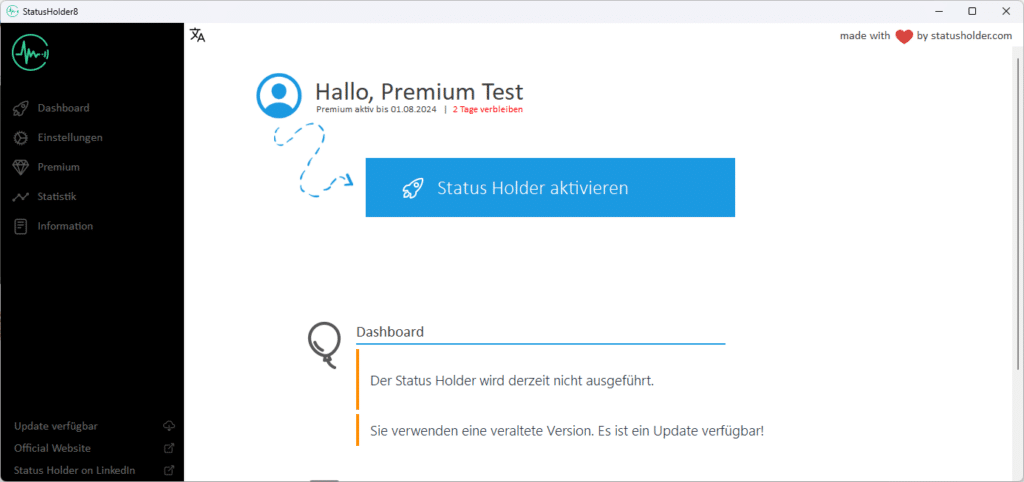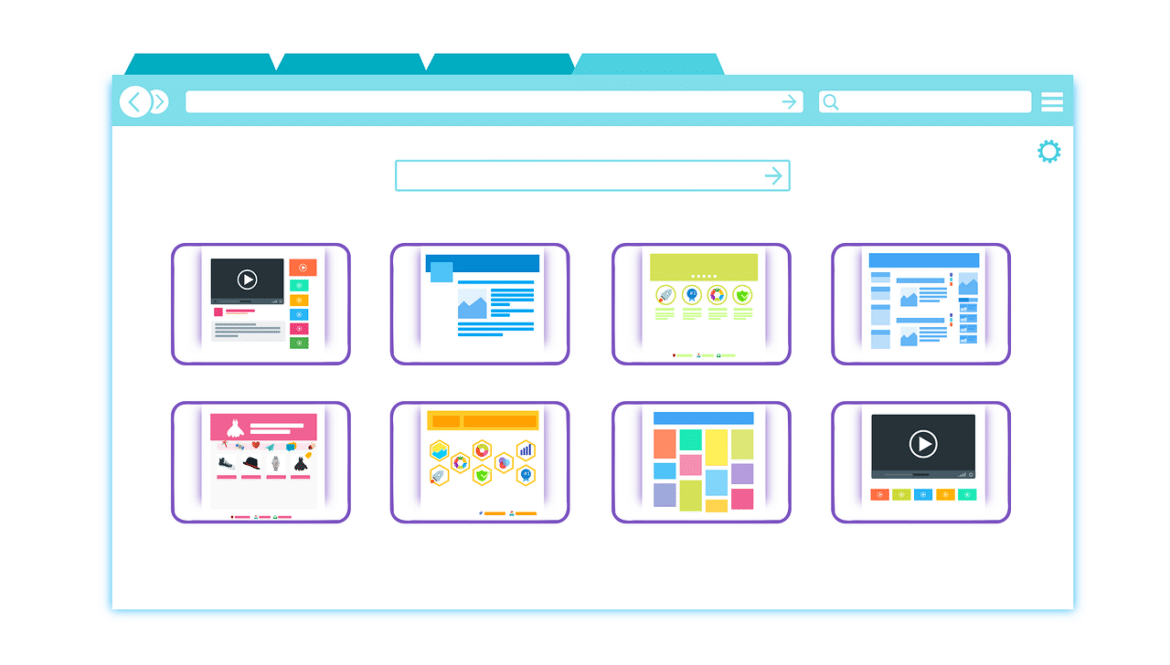In the digital world, where constant logouts can become a frustrating experience, there are methods to avoid these annoying interruptions. One effective tool to prevent logouts is to use the Status Holder, which is used on Windows as well as in various browsers. By configuring your apps and email settings correctly, you can ensure that you always stay connected as a subscriber to newsletters and content. Discover how you can effectively prevent unsubscribing by providing targeted feedback and adjusting your settings.

Introduction: The importance of the status holder in Windows and browsers
To prevent logging out in Windows and in the browser, you should make specific settings. The management of your logon information plays a central role here. For example, if you use an email program or an app that causes frequent logouts, this can significantly affect your productivity. Adjust the settings to ensure that these applications maintain your status. In Windows, there are options to change the power settings to prevent your computer from going into sleep mode and causing a logout. You can also install specific extensions in the browser to avoid logging out and maintain continuous access to content. You can also use newsletter options to receive feedback and customize your preferences. By changing these settings in a targeted manner, you can increase your efficiency and reduce unwanted unsubscribes despite the active use of various programs and links. Well thought-out management of your registration sessions can therefore save you time and effort in the long term.
Prevent logout: Basic concepts and how it works
To effectively prevent logouts in Windows and browsers, a deep understanding of the underlying concepts is required. Preventing logouts allows you to use your apps and email programs without interruptions. By configuring the system settings correctly, you can ensure that a session is not terminated unexpectedly. In Windows, for example, you can change the settings to delay the automatic logout or lock screen. In browsers, special extensions can be used to save your login data and thus make it easier to log back in quickly. This is particularly important for users of online services who regularly subscribe to newsletters or consume content. Conscious use of links and individual apps can help to increase efficiency at work. Also note that continuous feedback helps to improve the user experience and ensures that your login always remains active.
To configure Windows for a permanent login
To prevent logoffs in Windows, you should adjust certain settings to keep your session stable. First, it is important to open the appropriate Group Policy settings to disable automatic logoff. To do this, navigate to “Local Security Policy”, where you can make changes to prevent logoff after a certain period of inactivity. It is also advisable to adjust the power options so that your system does not switch to energy-saving mode, which can also lead to unwanted logouts. Another helpful step is to use apps or tools that prevent programs from automatically logging you out. Also, check your email notifications regularly to make sure you stay informed of all relevant content. These measures help to ensure that you can continue to work uninterrupted as a subscriber and do not experience any annoying logouts. This will significantly optimize your workflow in Windows.
Prevent logout in the browser: Settings and extensions
To actively prevent logouts in the browser, it is important to adjust certain settings and use useful extensions. First, check the “Privacy” settings of your browser. Here you can specify that cookies and website data are saved, which will help you to stay logged in automatically on repeated visits. It is also worth installing special extensions that prevent you from logging out of certain applications or websites. These tools often offer additional features to securely store login credentials so you don’t have to worry about constantly typing them in. For example, if you regularly access email services or newsletters, these customizations can significantly improve your workflow. You should also make sure that no automatic logouts occur due to inactivity. With these customizations and tools, you can optimize your browsing experience and take advantage of persistent login, increasing your efficiency in your daily work.
Prevent security aspects when logging out
When configuring Windows and browsers to prevent logouts, security aspects are of great importance. Always being logged in can lead to increased vulnerability to unauthorized access, especially when multiple users are working on one device. To minimize this, you should use strong passwords and change them regularly. It is also advisable to enable two-factor authentication wherever possible. If apps or programs that access sensitive content are running in the background, make sure that they do not allow any unwanted data to be passed on. You should also be skeptical when subscribing to newsletters and dealing with emails and only open links from trustworthy sources. Your security depends largely on the measures you take to prevent accidental logouts or unauthorized access. This will keep your digital environment protected and allow you to take full advantage of a constant connection.
Troubleshooting tips for login problems
To successfully prevent logout in Windows and browsers, it is important to follow some useful tips for troubleshooting logout problems. If you notice that you are often logged out of applications or services, first check your system settings. Make sure that the “Automatic logon” function is activated and that no security policies are interrupting your session. Deleting the browser cache can also help, as superfluous data often leads to problems. In the browser settings, you should ensure that cookies and website data are not automatically deleted when you close the browser. When using special apps or newsletter subscriptions, it is advisable to check the email settings to avoid unwanted unsubscriptions. Feedback from other users can also provide valuable information on how to stabilize your subscription situation. Use these strategies to ensure continuous registration and thus increase your efficiency.
Conclusion: Preventing efficient work by actively logging off
To prevent logouts in Windows and browsers, it is important to make specific settings. In Windows, you can activate the options for automatic logon so that your system automatically opens your user account after startup. This minimizes the likelihood of accidentally logging out. For browsers, it is advisable to optimize cookies and session settings. If you frequently access interactive services or subscribe to newsletters, make sure that the relevant websites do not urge you to log out. Use extensions that support a persistent session to improve your user experience. Feedback from other users can help you find the best settings and tools. However, security aspects must be taken into account: Make sure your data is protected when using these features. By making small changes to the settings, you can not only avoid logouts, but also increase the efficiency of your daily tasks.




